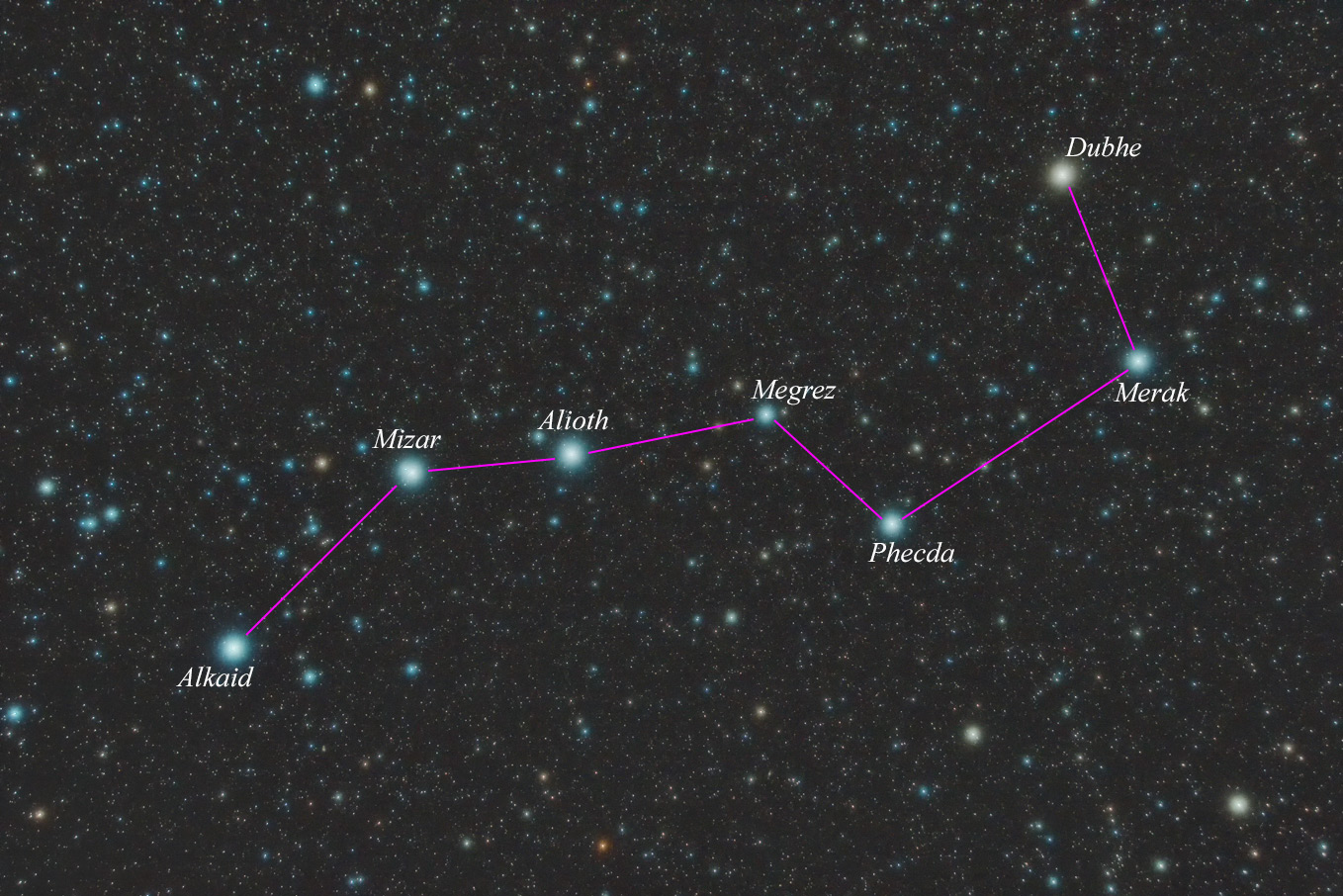
| Constellation tour in Spring |
 |
| Date & Time: | Mar 20 2020, from 24:43 to 25:08 JST(+0900) |
| Composed 6 shots with 5 minutes exposed | |
| Optical: | AF zoom-Nikkor 24-85mm (f=35mm, stop: F4.0) |
| with IDAS LPS-P2-FF Light-pollution suppression & Kenko PRO Softon[A] filters | |
| Auto-guided with TAKAHASHI EM-200 Equatorial | |
| Digital Camera: | Canon EOS 600D (Remodeled) |
| Location: | Ooizumi, Hokuto city, Yamanashi pref. |
| Camera Settings: | Recording Format...14bit CCD-RAW, converted to 16bit TIFF(5184×3456) |
| Sensitivity...ISO800 |
Ursa Major |
Virgo |
| Copyright(c) 2020 by Naoyuki Kurita, All rights reserved. | ||
| To top page | To Constellations index |